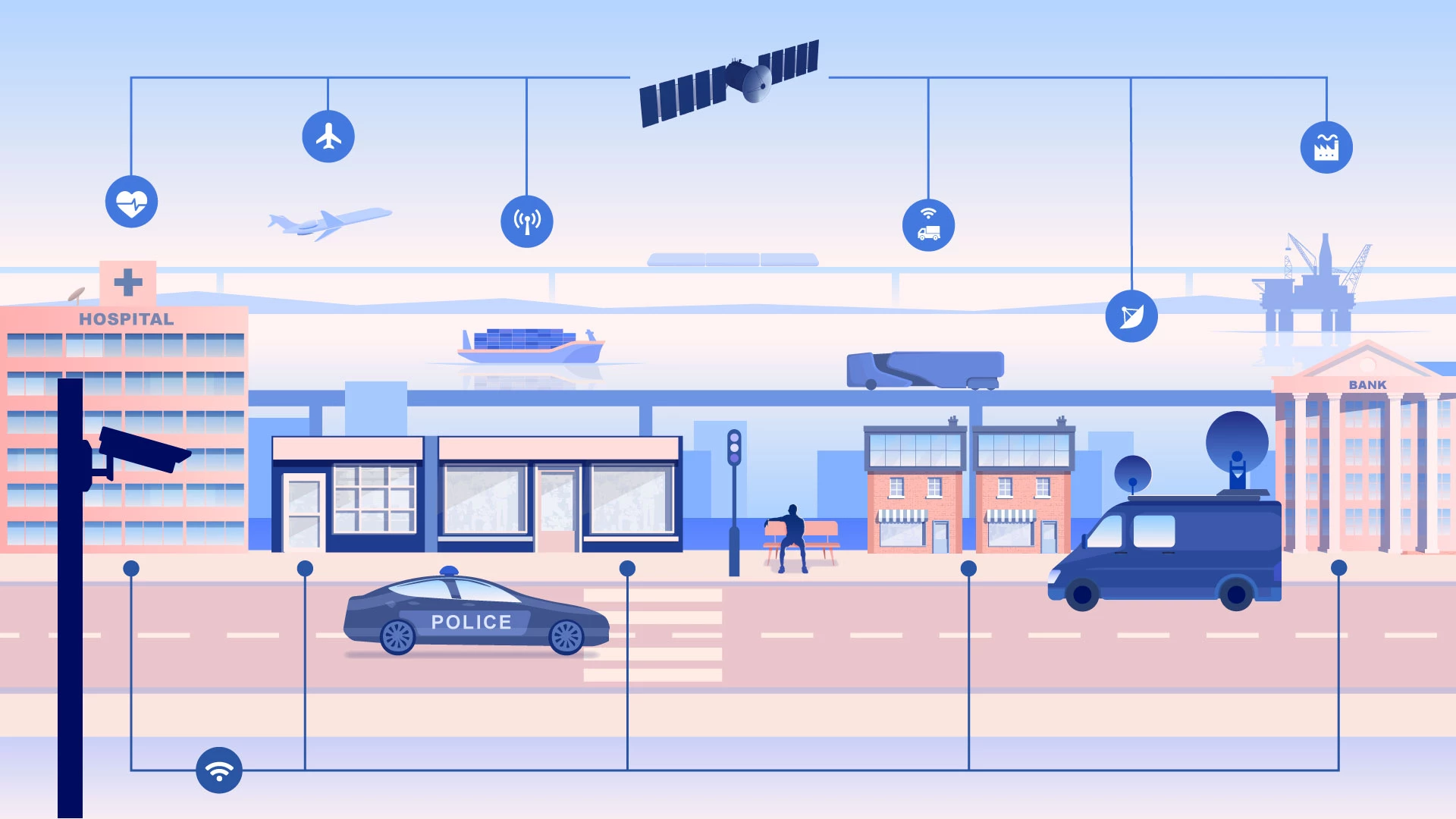
Partner Article
What is the Value of Space to 5G?
5G, the next generation mobile network, is being rolled out globally.
It promises to change connectivity for the better, allowing for high-speed, low-latency connections.
Space has an invaluable role to play within this ecosystem. It might surprise many to discover just how integral it is to its development.
So, let’s explore this a little further. Here’s a closer look at the value of space to 5G.
What’s Different About 5G?
Following on from 4G, 5G promises to make connections faster and better. It’s similar to the jump from 3G to 4G, but ‘supercharged’.
5G networks rely on signals carried by radio waves, similar to other cellular technology. However, the difference is that it uses higher frequency waves.
The result? More devices can have internet at the same time – at faster speeds.
How Does This Work?
These higher frequency waves travel shorter distances, which requires more transmitters at ground level.
Where Does Space Come In?
5G has promised global, ubiquitous connectivity. Space is helping it get there.
Enhancing the System
Telecommunication satellites can both extend and enhance 5G, while providing reliability and security. They provide everything from high-speed packages to low data solutions, allowing them to cover gaps in 5G systems.
This helps ensure the promise of faster, better connection becomes a reality.
Integrated Technologies
Space technology can also help 5G become more innovative. It does this by integrating technologies, such as earth observation and satellite navigation, with 5G. This helps to deliver a number of applications in many different sectors.
What Industries Can Benefit?
The integration of space with 5G technologies has far-reaching benefits, impacting a number of different sectors and industries. These include:
Healthcare
Currently, doctors who need to make long-distance diagnoses can struggle with connectivity. However, this is set to change.
Healthcare professionals can now benefit from reliable communications, enabled by satellites. 5G connection also allows them to receive patient images and information in real time.
The result? Faster, more efficient treatment and less time wastage.
**Transport **
The combination of 5G mobile connectivity and satellite coverage will improve data distribution to connected devices on air, land, sky and sea.
This is particularly beneficial in areas such as vehicle-to-infrastructure communication, which requires uninterrupted coverage. This can be provided both more efficiently and economically with the use of satellites.
The Environment
We need to monitor particular environments, and the management of land or water. This is especially important when it comes to improving resilience to natural disasters.
Satellite data, complemented by in-situ measurements, can help us do exactly that.
Energy
The next wave of smart grid features is being enabled by 5G and satellite technology.
Specific devices can be integrated within the grid through low-cost connections. This allows for accurate monitoring to support better forecasting of energy needs.
What’s Next?
We’ve only scratched the surface of the power of 5G technology and what it can do. Finding how to further integrate this with space applications presents many exciting opportunities for businesses to take advantage of.
For example, the European Space Agency’s 5Groningen 5G funding opportunity is pursuing innovative space-based applications, leveraging on the deployment of 5G networks. The aim is to help find new ways to use this technology, transforming the face of many industries as we know them.
Many businesses across the globe have innovative ideas that have the power to transform 5G networks. Space technology is the key.
This was posted in Bdaily's Members' News section by Charles .
Enjoy the read? Get Bdaily delivered.
Sign up to receive our popular morning London email for free.








 How to make your growth strategy deliver in 2026
How to make your growth strategy deliver in 2026
 Powering a new wave of regional screen indies
Powering a new wave of regional screen indies
 A new year and a new outlook for property scene
A new year and a new outlook for property scene
 Zero per cent - but maximum brand exposure
Zero per cent - but maximum brand exposure
 We don’t talk about money stress enough
We don’t talk about money stress enough
 A year of resilience, growth and collaboration
A year of resilience, growth and collaboration
 Apprenticeships: Lower standards risk safety
Apprenticeships: Lower standards risk safety
 Keeping it reel: Creating video in an authenticity era
Keeping it reel: Creating video in an authenticity era
 Budget: Creating a more vibrant market economy
Budget: Creating a more vibrant market economy
 Celebrating excellence and community support
Celebrating excellence and community support
 The value of nurturing homegrown innovation
The value of nurturing homegrown innovation
 A dynamic, fair and innovative economy
A dynamic, fair and innovative economy